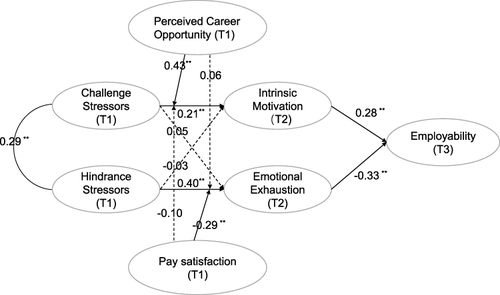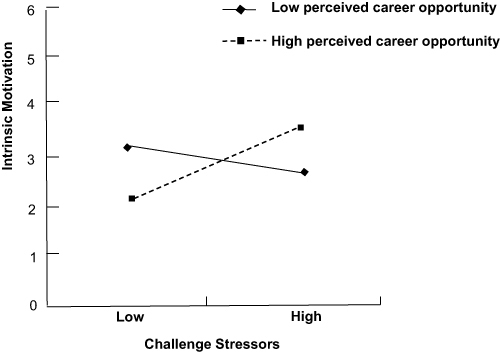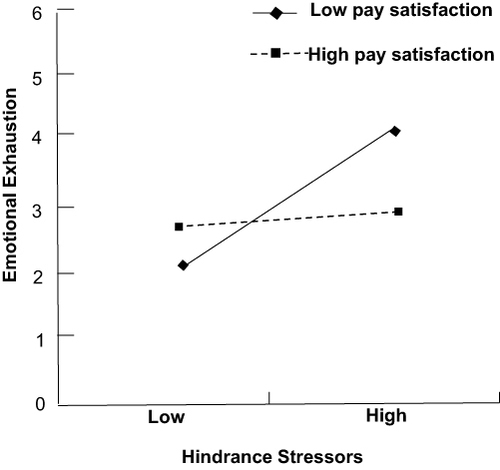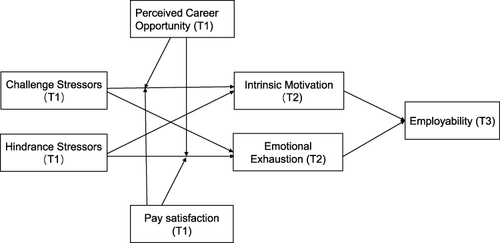Figures & data
Table 1 The Sample Characteristics
Table 2 Confirmatory Factor Analysis Results
Table 3 Descriptive Statistics, Reliability, and Intercorrelations Among Variables
Figure 2 Standardized path estimates of the model.

Table 4 Mediating Effects of Intrinsic Motivation and Emotional Exhaustion on the Relationship Between Challenge-Hindrance Stressors and Employability
Figure 3 Standardized path estimates of latent Structural Equation Model.

Figure 4 The moderation effect of perceived career opportunity on the relationship between challenge stressors and intrinsic motivation.

Figure 5 The moderation effect of pay satisfaction on the relationship between hindrance stressors and emotional exhaustion.

Table 5 Moderated Mediation Results

